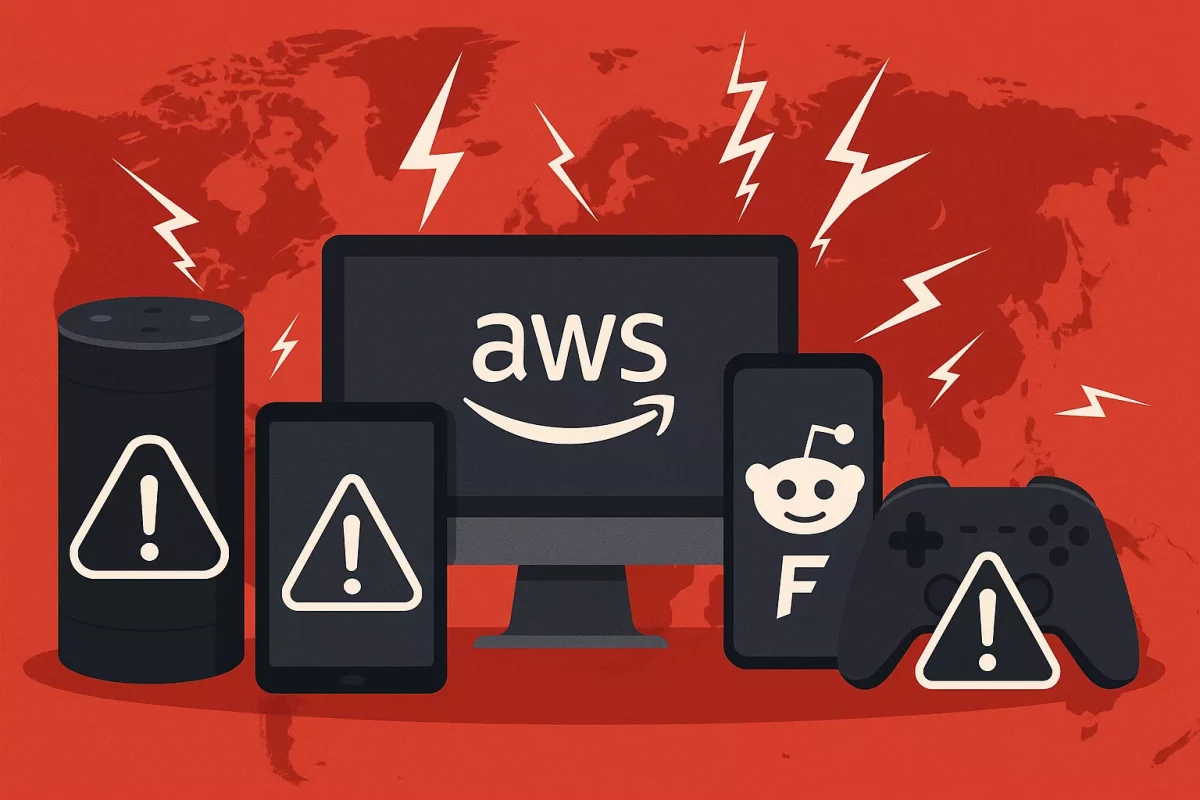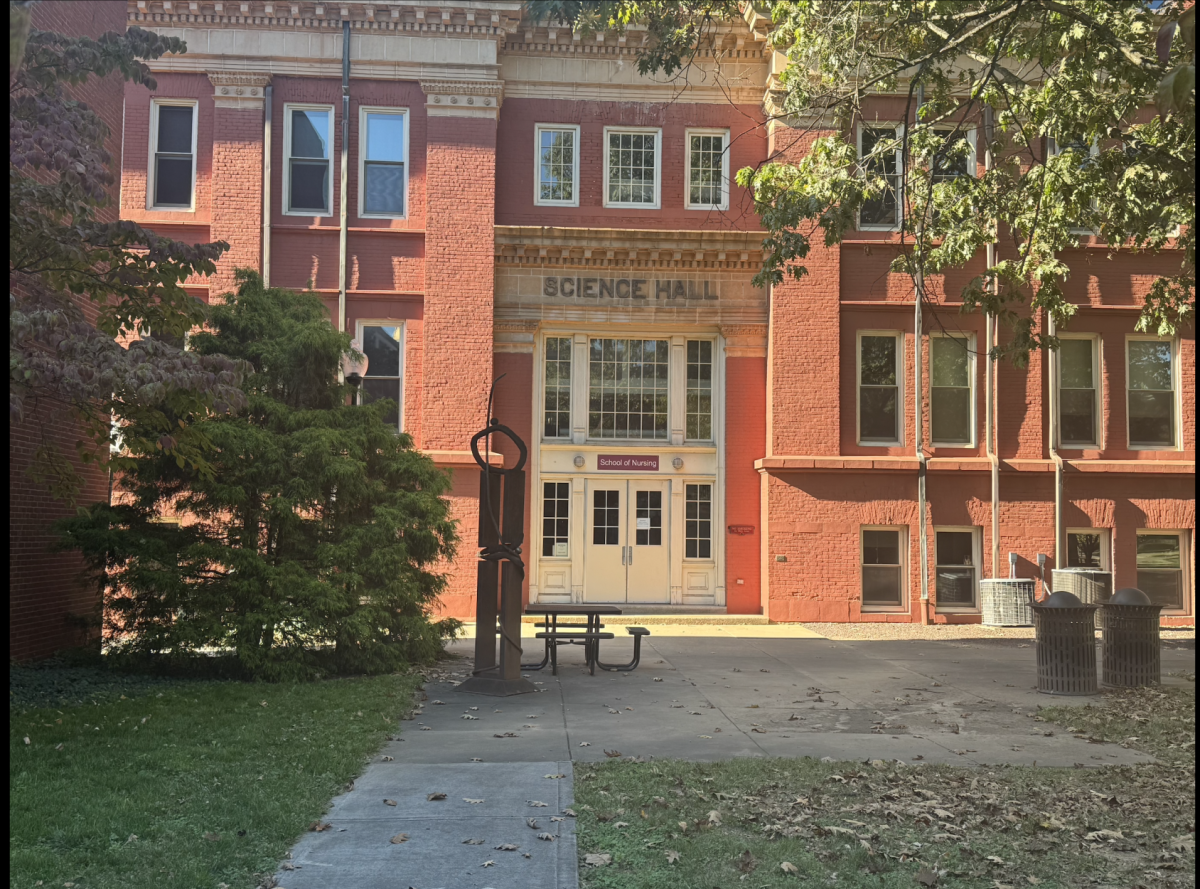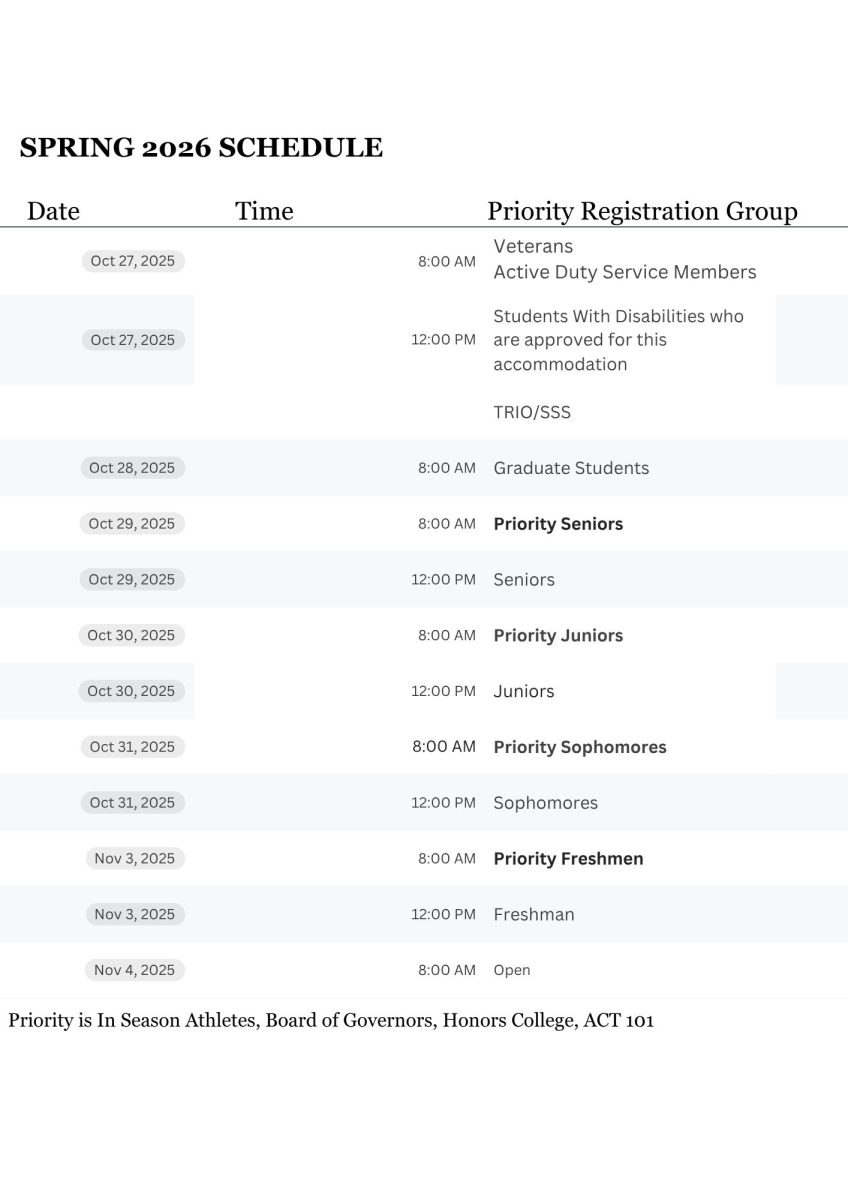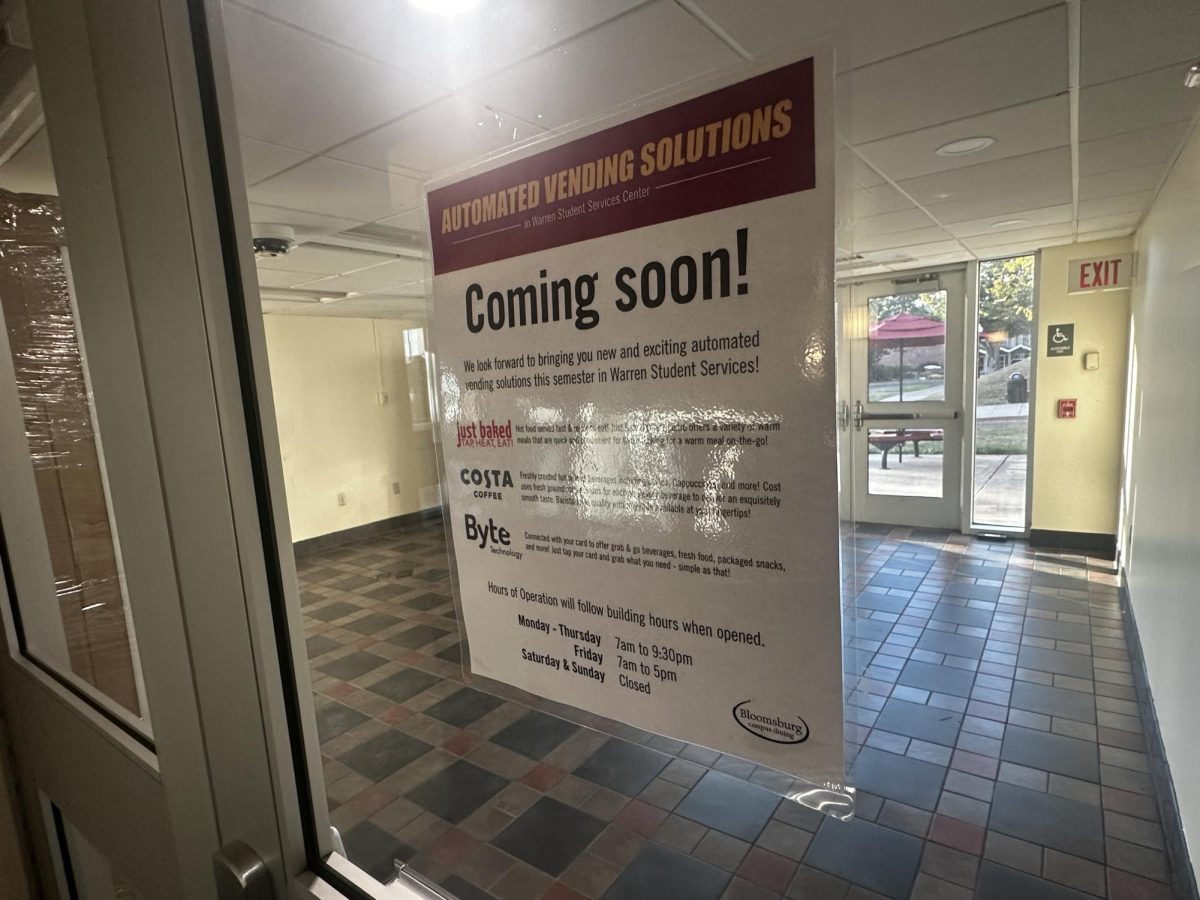What Happened:
Amazon Web Services (AWS) suffered a catastrophic outage early Monday morning, Oct. 20, 2025, beginning at 3:11 a.m. Eastern time, leaving CU – Bloomsburg students and faculty scrambling as critical systems failed. The outage originated from AWS’s data center in Northern Virginia due to an internal networking issue, creating cascading failures that crippled educational, financial, and communication platforms.
Brightspace, Bloomsburg’s primary learning management platform, went completely offline, preventing students from accessing materials, submitting assignments, or viewing grades. Zoom, essential for virtual classes and office hours, was among the applications disrupted, forcing professors to cancel online sessions and leaving remote students cut off from classes.
Adobe Creative Cloud services crashed, leaving design and media students unable to complete projects or access their saved work. Canva, the online graphic design tool, experienced a temporary service disruption due to the cloud provider issue, further hampering students working on presentations and visual assignments.
Venmo experienced a complete shutdown, leaving students unable to split bills, pay for food, or access money for essentials. Paycor, a major payroll processing system, also crashed, preventing employers from processing payroll for student workers who depend on campus jobs for tuition and living expenses.
Why It Matters:
This outage exposed dangerous dependence on centralized cloud infrastructure, particularly at institutions like Commonwealth University – Bloomsburg. With Brightspace down, thousands faced academic consequences through no fault of their own. Professors couldn’t access gradebooks, post materials, or communicate with classes during this critical academic period.
The creative disciplines were particularly devastated. Artists, designers, and communications professionals lost access to Adobe Creative Cloud, potentially losing hours of unsaved work and missing project deadlines. With both Adobe and Canva offline, individuals and teams had no alternative platforms for completing visual assignments, presentations, or professional portfolios.
Business operations ground to a halt as well, with the outage disrupting Zoom, a cornerstone of remote collaboration. Companies across industries, from tech firms to financial institutions, found their virtual meetings interrupted or impossible to initiate, leading to canceled strategy sessions, delayed client interactions, and halted team collaborations. In a society where remote and hybrid work models dominate, this severed vital communication lines, exacerbating productivity losses and underscoring how dependent global enterprises have become on seamless video conferencing for daily decision-making and cross-company coordination.
The financial impact was immediate and severe. Consumers couldn’t access money through Venmo. With Paycor offline, workers across industries wouldn’t receive paychecks on time, creating cascading hardships for those living paycheck to paycheck. Mehdi Daoudi, CEO of Catchpoint, said, “The financial impact of this outage will easily reach into the hundreds of billions due to loss in productivity for millions of workers.”
Most concerning, this revealed how a single technical failure can paralyze entire sectors of society. The outage highlighted vulnerabilities inherent in centralized cloud infrastructure, where a single point of failure can cascade into global chaos. When one Northern Virginia data center fails, education stops, creative work vanishes, paychecks don’t process, meetings grind to a halt, and people can’t access their own money—demonstrating society’s overreliance on providers like AWS.
Society must act immediately. Governments, businesses, and institutions need redundant systems that don’t leave people’s livelihoods and daily functions dependent on a single cloud provider. Investments in backup systems and diversified infrastructure are essential, particularly for critical creative software, communication tools, and essential platforms.
The digital transformation has created efficiencies, but Monday’s outage proved it has also introduced vulnerabilities that can instantly paralyze societal functions without warning.

























